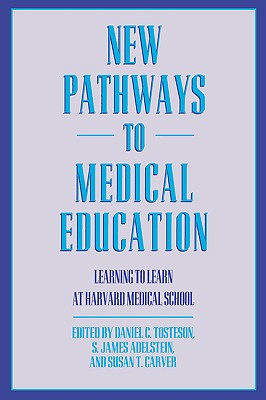Medicine in the twenty-first century will be very different from the medicine of today; scientific, technological, economic, and ethical conditions of practice will be transformed. What do these changes portend for medical education? What knowledge should all medical students acquire? How can medical educators prepare students in the most cost-effective way?
This book describes efforts made at Harvard Medical School during the past to reorient general medical education. Harvard's New Pathway has received national attention since its inception--including a multipart special on PBS's Nova--because it offers a radical restructuring of the traditional medical school curriculum. Its creators, most of them contributors to this book, designed a program that gives students not only a core of scientific, biomedical, and clinical knowledge but also the skills, tools, and attitudes that will enable them to become lifelong learners, to cope with and use new information, and--most important--to provide better patient care.
New Pathways to Medical Education also tells the inside story of how a traditional and research-oriented faculty was persuaded to cooperate with colleagues outside their departments in adopting a student-centered, problem-based approach to learning. Central to this transformation was the Patient-Doctor course, which the book describes in detail. This course--which teaches students to LISC the patient-doctor relationship for the benefit of patients--is considered one of the most significant contributions to medical education in the New Pathway.
New Pathways to Medical Education will inspire physicians, medical scientists, and medical educators around the world to think and act more decisively to reform medical education. And because it documents the development of an innovative curriculum, this study will interest educators in all fields.

 看圖書介紹
看圖書介紹









![2026【補充延伸實務趨勢與議題】觀光資源概要(包括世界史地、觀光資源維護)[華語、外語領隊人員][二十一版](領隊華語人員/外語人員) 2026【補充延伸實務趨勢與議題】觀光資源概要(包括世界史地、觀光資源維護)[華語、外語領隊人員][二十一版](領隊華語人員/外語人員)](https://media.taaze.tw/showLargeImage.html?sc=14100126915)
